The Role of Technology in Modern Roofing Solutions
The roofing industry, traditionally seen as slow to embrace change, is undergoing a significant transformation thanks to advancements in technology. From materials and installation techniques to maintenance and sustainability, technology is reshaping how roofs are designed, constructed, and maintained. This article explores the cutting-edge technologies that are driving innovation in roofing and how they benefit homeowners, contractors, and the environment.
Innovative Materials and Manufacturing Techniques
Cool Roofing Materials: Modern cool roofing materials are designed to reflect more sunlight and absorb less heat than traditional roofing products. These materials, including reflective paints, tiles, and shingles, help reduce energy costs and combat urban heat islands, making buildings more comfortable and less reliant on air conditioning.
Synthetic Roofing: Synthetic shingles, made from rubber and plastic composites, are gaining popularity for their durability, lightweight, and resistance to weathering and UV damage. These materials can mimic the appearance of wood shakes, slate, or clay tiles, offering aesthetic appeal along with environmental benefits.
3D Printing: The advent of 3D printing in roofing materials production allows for the creation of highly customized shapes and designs. This technology can produce tiles and shingles that are optimized for performance and durability, while also reducing waste during the manufacturing process.
Digital Tools and Software
Drone Inspections: Drones equipped with high-resolution cameras and thermal imaging technology can safely and efficiently inspect roofs. This method reduces the need for physical inspections, which can be risky and time-consuming. Drones can identify damage, leaks, and thermal inefficiencies, providing detailed data for maintenance or repair planning.
Building Information Modeling (BIM): BIM software enables the detailed planning, design, and management of roofing projects. By creating a digital twin of the building, BIM allows for better coordination among contractors, architects, and homeowners, reducing errors and improving the overall quality of the roofing project.
Solar Energy Estimators: With the push towards renewable energy, online tools and software that estimate a roof's solar potential have become invaluable. Homeowners can assess how much energy solar panels on their roof could generate, helping them make informed decisions about investing in solar technology.
Sustainability and Energy Efficiency
Integrated Solar Solutions: Beyond traditional solar panels, innovations such as solar shingles and tiles seamlessly integrate photovoltaic cells into roofing materials. These solutions offer a more aesthetically pleasing way to harness solar energy, turning the entire roof into a power generator without compromising on style.
Green Roofs and Living Roofs: The technology behind green and living roofs has advanced, making them more accessible to residential and commercial buildings. These roofs, covered with vegetation, offer insulation, absorb rainwater, and provide green spaces in urban environments, contributing to biodiversity and better air quality.
Maintenance and Durability Enhancements
Smart Roofing Systems: Roofs embedded with sensors can monitor weather conditions, temperature, and humidity levels in real-time. This data can predict potential issues before they arise, schedule maintenance, and extend the roof's lifespan through timely interventions.
Self-Healing Materials: Research into self-healing roofing materials, which can automatically repair cracks or damage caused by weather exposure, holds promise for reducing maintenance needs and enhancing roof longevity.
Conclusion
Technology is revolutionizing the roofing industry, offering solutions that are more efficient, durable, and environmentally friendly. As homeowners and contractors embrace these innovations, the future of roofing looks promising, with advances that not only protect buildings from the elements but also contribute to a more sustainable and energy-efficient world. The integration of technology in roofing is not just a trend but a significant shift towards better building practices and a greener future.
